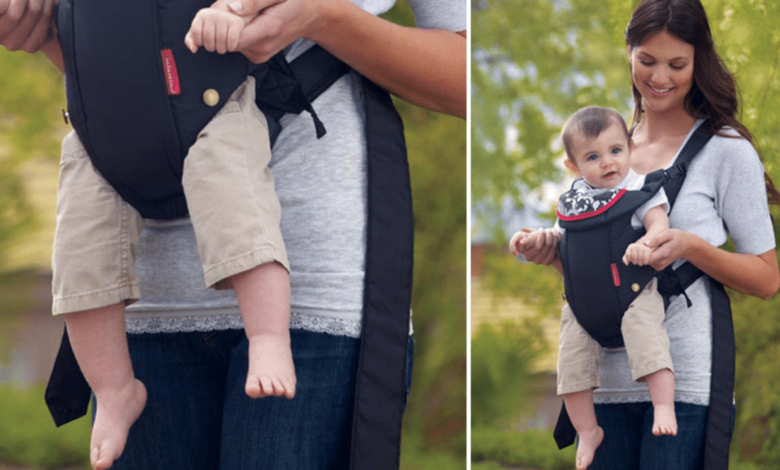Everything You Need to Know About Slinguri

A “slinger” becomes incredibly important when lifting and securing heavy loads. Slinguri, or slings, are essential tools in industries ranging from construction and shipping to manufacturing and logistics. Understanding the different types of slinger, their applications, and how to use them safely can significantly affect operational efficiency and safety. This all-inclusive manual will help you with everything you require about slinguri.
What Are Slinguri?
Slinguri are flexible lifting devices that can be used with cranes and other lifting equipment to move heavy loads. They are made from various materials, including synthetic fibers, wire rope, and chains, each offering different advantages depending on the application.
Types of Slinguri
- Synthetic Slings: Made from nylon or polyester, these slings are lightweight, flexible, and resistant to various chemicals. They are ideal for delicate loads that need a soft touch to prevent damage.
- Wire Rope Slings: These are highly durable and can handle heavy loads. They are commonly used in construction and marine industries.
- Chain Slings: Made from alloy steel, chain slings are robust and durable. They are perfect for lifting heavy or abrasive loads and are often used in harsh environments.
- Mesh Slings: These slings offer a balance between flexibility and strength. They are typically used in environments with a risk of cutting, as the mesh design helps distribute the load evenly.
Advantages of Using Slinguri
Siliguri offers several benefits over other types of lifting equipment:
- Versatility: Slinguri can be used in various applications and environments.
- Ease of Use: They are generally easy to handle and attach to loads and lifting equipment.
- Safety: When used correctly, slinguri can provide a very safe means of lifting and moving heavy loads.
- Cost-Effectiveness: Synthetic slings, in particular, are relatively inexpensive and, when worn out, are easily replaceable.
Applications of Slinguri
Slinguri is used in a variety of industries and applications. Some of the most common include:
Construction
In construction, slingers lift heavy materials such as steel beams, concrete blocks, and machinery. Their flexibility and strength make them ideal for handling the dynamic and often unpredictable loads found on construction sites.
Shipping and Logistics
In shipping and logistics, slingers are essential for loading and unloading cargo. They provide a secure and efficient way to handle containers, heavy packages, and other goods.
Manufacturing
In manufacturing, slingers are used to move raw materials and finished products. They help improve efficiency by allowing for quick and safe movement of heavy items around the factory floor.
Marine
In the marine industry, slingers lift equipment and supplies on and off ships. They must be highly resistant to corrosion and the harsh marine environment.
How to Choose the Right Slinguri
Choosing the right slinger for your application involves considering several factors:
Load Weight and Type
The weight and type of the load will determine the strength and material of the slinger you need. For example, heavy, abrasive loads may require durable chain slings, while delicate loads might be better suited to synthetic slings.
Environment
The environment in which the slinger will be used is also essential. For example, if the slings will be exposed to chemicals, synthetic slings made from polyester might be the best choice. Corrosion-resistant materials are critical for marine applications.
Sling Configuration
How the slinguri will be used (e.g., vertical lift, choker hitch, basket hitch) will affect the type of sling and its configuration. Different hitches distribute weight differently, impacting the sling’s capacity and safety.
Safety Factors
Always consider the slinger’s safety factors and working load limits (WLL). Ensure the selected slinger has a WLL suitable for the intended load to prevent accidents and equipment failure.
Maintenance and Inspection of Slinguri
Proper maintenance and regular inspection of slingers are crucial for ensuring their longevity and safety. Here are some key points to keep in mind:
Inspection
- Initial Inspection: The new slinger should be inspected before use to ensure no manufacturing defects.
- Frequent Inspections: Regular inspections should be conducted based on usage, typically before each use.
- Periodic Inspections: Comprehensive inspections should be performed periodically by a qualified individual, as the manufacturer recommends.
Maintenance
- Cleaning: Keep the slinger clean and free of dirt, chemicals, and other contaminants.
- Storage: Store slinger in a cool, dry place away from direct sunlight and harmful chemicals.
- Repair: Damaged slinguri should never be used. If a sling is damaged, it should be repaired or replaced according to the manufacturer’s guidelines.
Safety Tips for Using Slinguri
Using a slinger safely is paramount to averting mishaps and guaranteeing the equipment’s durability. Here are some essential safety tips:
Training
Ensure all personnel using slingers are adequately trained, including selecting the suitable sling, inspecting it, and using it correctly.
Load Limits
Never exceed the slinguri’s working load limit (WLL). Always use slingers rated for the weight of the load being lifted.
Proper Use
Use a slinger according to the manufacturer’s instructions. Avoid using slings that are twisted, kinked, or otherwise damaged.
Load Balance
Make sure the load is securely balanced before lifting. An uneven load can cause the sling to fail or the load to shift unexpectedly.
Environmental Considerations
Be aware of the environment in which you are using the slinger. Factors like temperature, chemicals, and moisture can affect the slings’ performance and safety.
Innovations in Slinguri
The field of slinger is not static; it continuously evolves with new materials and technologies. Some recent innovations include:
High-Performance Synthetic Slings
New synthetic materials are being developed that offer even greater strength and durability, making them suitable for a broader range of applications.
Smart Slinguri
Some modern slingers have real-time sensors that can monitor load weight, temperature, and other factors, providing valuable data to improve safety and efficiency.
Enhanced Coatings
Advanced coatings are being developed to enhance the resistance of slinger to chemicals, abrasion, and environmental factors, thereby extending their lifespan.
Conclusion
Slinguri is indispensable in many industries, offering versatility, strength, and safety for lifting and moving heavy loads. Understanding the different types of slingers, their applications, and how to use and maintain them properly can ensure safe and efficient operations. As technology advances, we expect to see even more innovative solutions in slingers, further enhancing their capabilities and applications. Prioritize safety above all else, and adhere to best practices to maximize your slinger investments.
You May Also Read: Embracing the Essence of Bart Springtime: A Guide to Seasonal Delights




